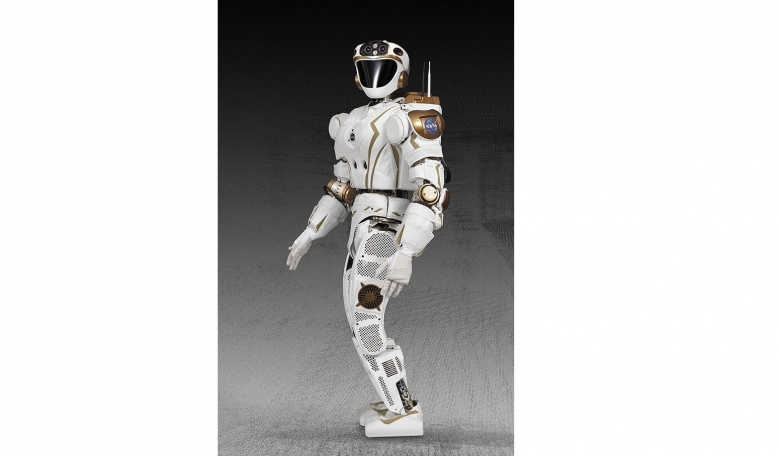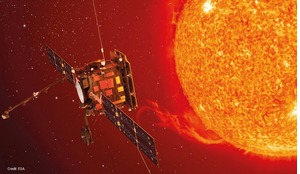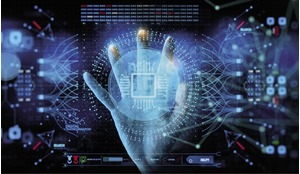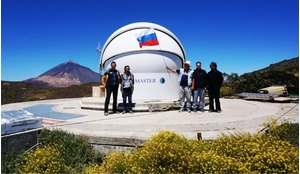Starbot HR4DSE (2017) - one of the great visions of our time is to make humankind a bi-planetary species. A key requirement to make this happen is the development of robotic technology for pre-deployment of assets on another planet, maintaining and repairing facilities as well as creating capability that allows robotic helpers to co-work with human astronauts. NASA and the Edinburgh Centre of Robotics are collaborating on an ambitious futuristic project to build an autonomous humanoid robot for future deep space exploration on Mars. The robot, shown in ‘starbot HR4DSE’, is equipped with a range of sensors that are used to sense the world in depth, colour and force. The work also raises a critical human concern: how much autonomy should we grant the robots that will share our daily lives in the future?
All images in this article are from the series ‘outer space’ © Michael Najjar www.michaelnajjar.com
Michael Najjar is a photographer, adventurer and future astronaut. In his photo and video works Najjar displays an interdisciplinary mindset, fusing the fields of science, art, and technology into visions and utopias of future social structures emerging under the impact of cutting-edge technologies. Since 2011 he has been working on his ‘outer space’ series which deals with the latest developments in space exploration and the way they will shape our future life on Earth, in Earth’s near orbit and on other planets.
As an artist I strive to unearth and make visible things that normally remain hidden to most people. I put specially selected themes in the cultural focus of public perception. Through my works I raise questions to which there might well be no answers. For over 20 years now I have been engaged with the technical image media of photography and video. New technological developments and their influence on our future form are the focus of my work.














